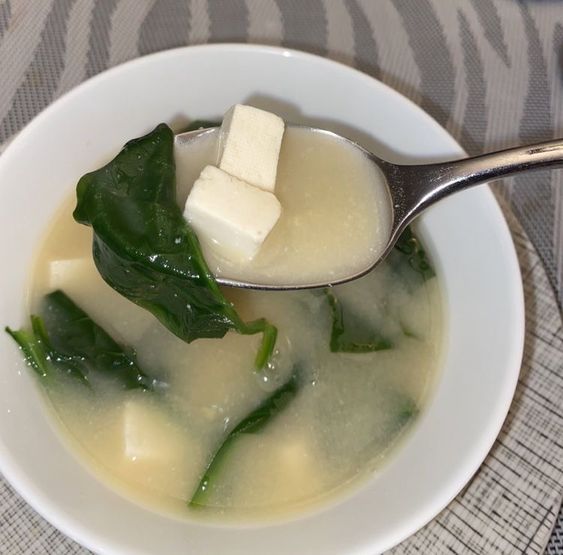Miso soup is a quintessential part of Japanese cuisine, known for its comforting warmth and rich umami flavor. Despite its deep cultural roots and complex taste, making authentic miso soup at home is surprisingly simple. This guide will walk you through the process step-by-step, ensuring you achieve a traditional and delicious result.
Ingredients You’ll Need
To make authentic miso soup, you’ll need a few key ingredients:
- Miso Paste: The heart of the soup, miso paste is made from fermented soybeans and comes in various types, such as white (shiro), red (aka), and mixed (awase). Each type offers a different flavor profile, from mild and sweet to rich and savory.
- Dashi Stock: Dashi is a Japanese soup stock that forms the base of miso soup. It’s typically made from kombu (dried kelp) and bonito flakes (dried fish). You can find instant dashi powder, but making it from scratch will elevate the flavor of your soup.
- Tofu: Silken or firm tofu adds a soft texture and a subtle taste that complements the miso broth.
- Wakame Seaweed: Dried wakame seaweed rehydrates quickly in the broth, adding a slight oceanic flavor and a delightful texture.
- Green Onions: Thinly sliced green onions add a fresh, crisp element that balances the richness of the soup.
Step-by-Step Instructions
- Prepare the Dashi Stock
- From Scratch: Start by soaking a piece of kombu in cold water for about 30 minutes. After soaking, heat the water until it’s almost boiling, then remove the kombu. Add a handful of bonito flakes, simmer for a few minutes, and strain the stock.
- Using Instant Dashi: Dissolve the dashi powder in hot water according to the package instructions.
- Add Tofu and Wakame
- Cut the tofu into small cubes and add them to the dashi stock. Add a small handful of dried wakame seaweed as well, letting it rehydrate in the hot broth.
- Incorporate Miso Paste
- Turn off the heat before adding the miso paste to prevent it from boiling, which can destroy its beneficial enzymes. Dissolve the miso paste in a small amount of dashi stock, then slowly stir it into the pot. Start with one tablespoon of miso per cup of dashi and adjust to taste.
- Garnish and Serve
- Add the sliced green onions just before serving. The miso soup is best enjoyed fresh, while the flavors are vibrant, and the ingredients are tender.
Tips for Perfect Miso Soup
- Choose Your Miso Wisely: Experiment with different types of miso to find the flavor profile you prefer. White miso is sweet and mild, red miso is strong and salty, and mixed miso offers a balanced taste.
- Mind the Heat: Never boil the miso paste; it can cause the soup to lose its depth of flavor and nutritional benefits.
- Customize Your Soup: Miso soup is versatile. Feel free to add mushrooms, daikon radish, or even a poached egg to make it your own.
Conclusion
Making authentic miso soup at home is a rewarding and straightforward process that brings a taste of Japan right to your kitchen. With a few simple ingredients and mindful preparation, you can create a comforting dish that’s rich in flavor and tradition. Enjoy your homemade miso soup as a starter or a light meal, and savor the simplicity and depth of this classic Japanese comfort food.





